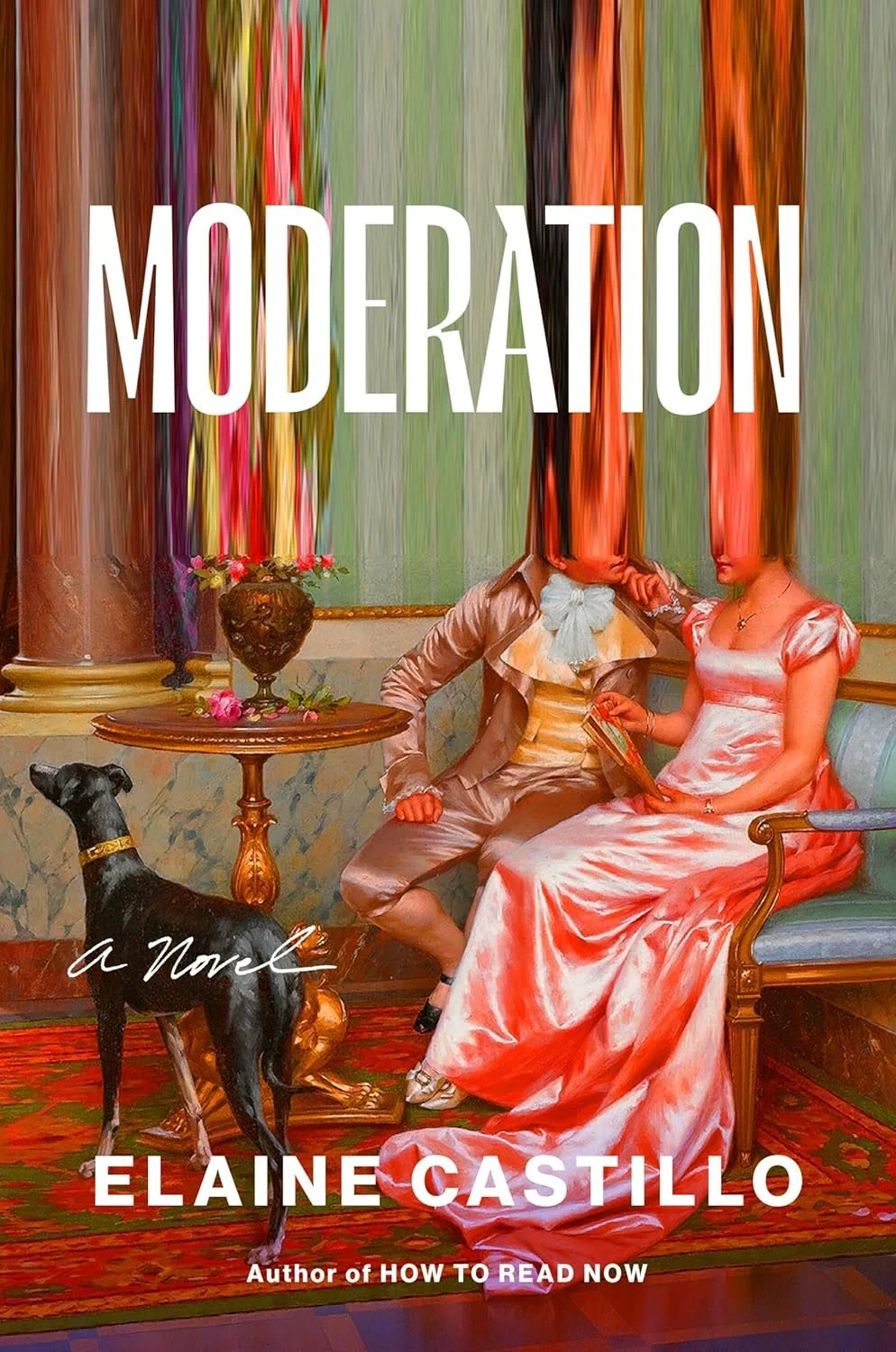Every Drop is a Man’s Nightmare, Megan Kamalei Kakimoto
‘Surreal, bold and wholly disobedient, this is a collection that refuses to fit neatly within any one category created for easy consumption by a white audience.’
Megan Kamalei Kakimoto’s debut story collection is an unflinching exploration of taboos, ancestry, and Hawaiian culture. Composed of eleven stories, the collection follows a plethora of women who, while reckoning with their identity and wayward desires, subvert ideas about womanhood. As the title suggests, this is a collection that explores the fears and stigmas deeply entrenched within society, particularly those relating to the female body.
In the nominal story, ‘Every Drop is a Man’s Nightmare’, superstition, desire and fears about motherhood coalesce. From incessant bleeding to an unwanted pregnancy, the narrator’s body undergoes gruelling and unwanted transformations, and she grapples to regain control over a body that no longer feels like her own. Identity and the tensions of motherhood take on a nightmarish quality in ‘Madwomen’, wherein a mother becomes obsessed with the tale she crafts for her son of a mermaid who ensnares men and children, dragging them down into the depths of the ocean. As these stories demonstrate, Kakimoto is interested in portraying women who feel alienated by the roles expected of them. Ultimately, it is through renouncing entrenched ideals of femininity and instead assuming a ‘feral’ nature, that the female narrators are able to reclaim autonomy over their own bodies within the stories.
The colonial history of Hawaii and its continuous impact upon the state is a central concern of Kakimoto’s collection. ‘Story of Men’ explores colonization and the idea of the ‘othered body’ through the character of ‘Men’, a dark-skinned, infantile creature who initially assumes a role of servitude within a family’s household. While on the surface, it appears to be a comical story, the depiction of ‘Men’ ultimately becomes an analogy for the colonial gaze. Questions about ancestry, culture and racial identity are also centred; in ‘Aiko, The Writer’, Kakimoto explores the marginalized position of a Hawaiian Japanese writer within the white-dominated publishing industry. The narrator’s struggle to write authentically about Hawaiian culture without capitulating to white readers becomes a metanarrative that reflects Kakimoto’s collection as a whole. Within her stories, Kakimoto evokes the idea of a white audience looking in at the Hawaiian characters, creating a sense of voyeurism that permeates the collection. However, the power of Kakimoto’s stories lies in the way her characters gaze back. The stories are not in service to a white audience; conversely, they are meant to be discomfiting. The use of the Hawaiian language throughout the collection, moreover, makes the reader work to ascertain words’ meanings, and thereby places white readers in a position alien to them – that of the outsider.
Surreal, bold and wholly disobedient, this is a collection that refuses to fit neatly within any one category created for easy consumption by a white audience. Every Drop is a Man’s Nightmare is an unforgettable collection that will linger in your subconscious, waiting like the Madwomen in the Sea, long after you turn the final page.
Editorial Picks




